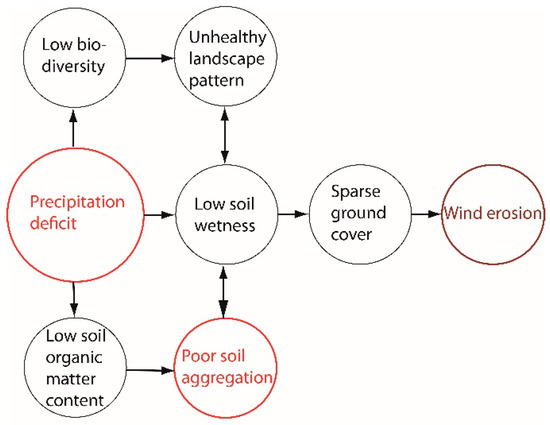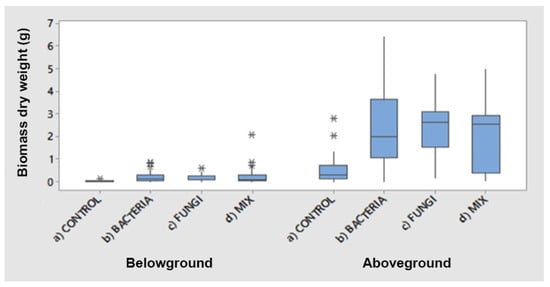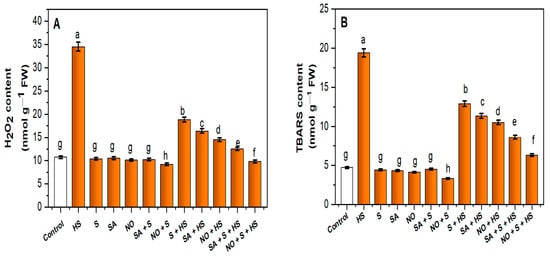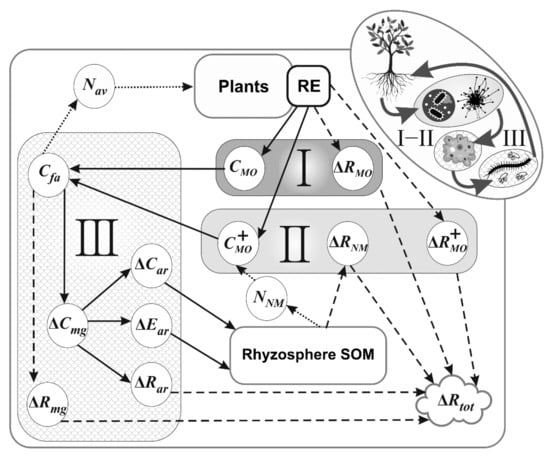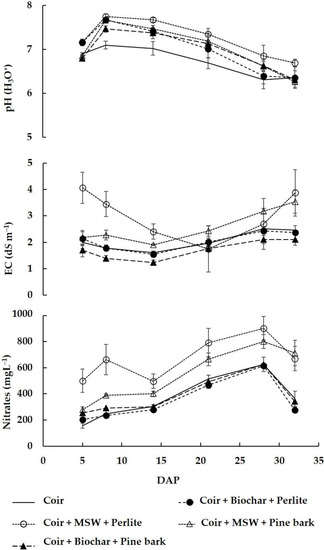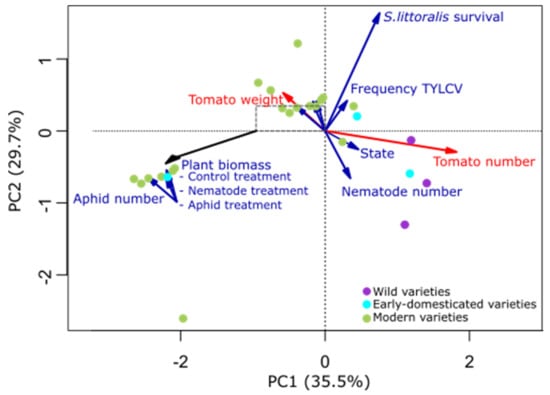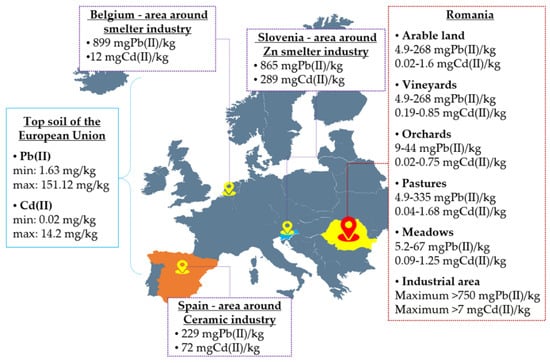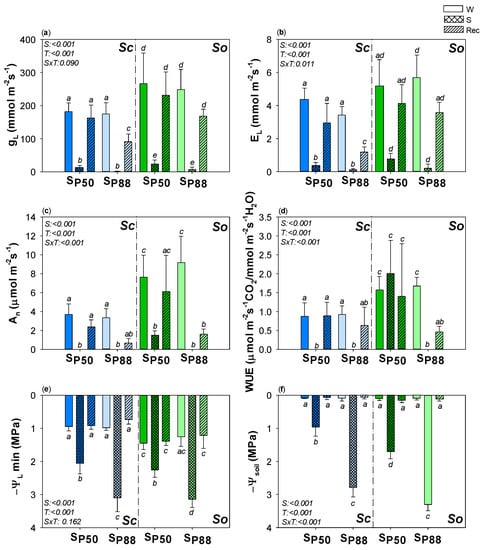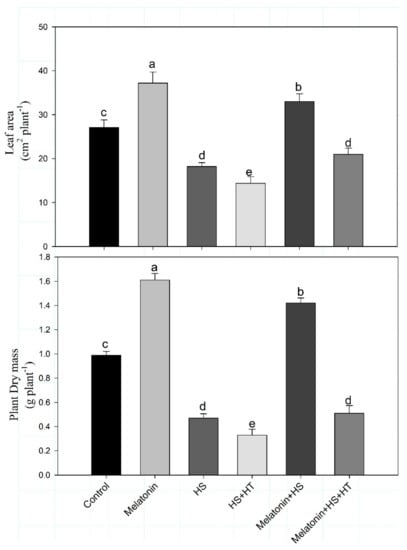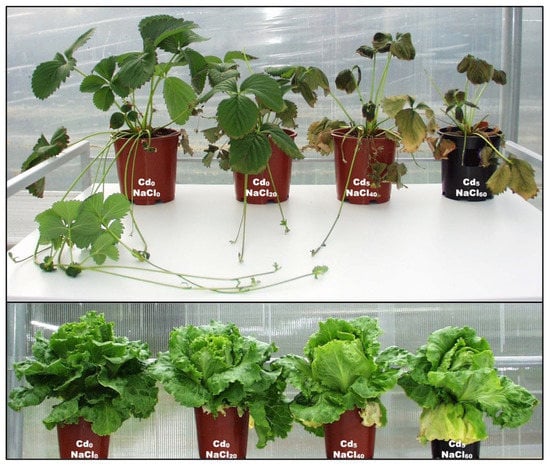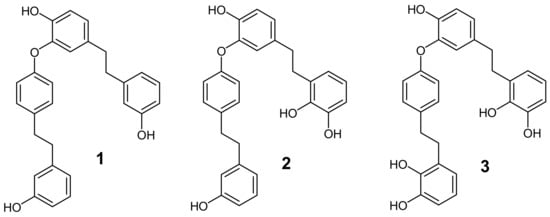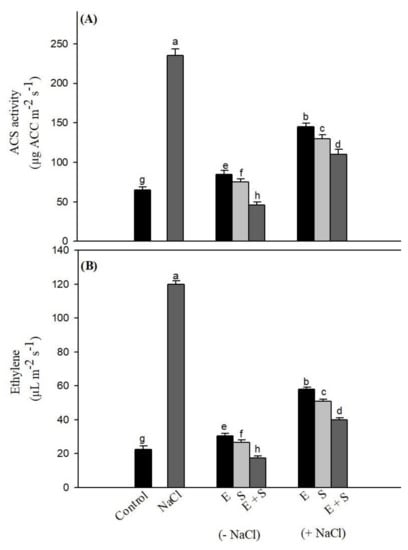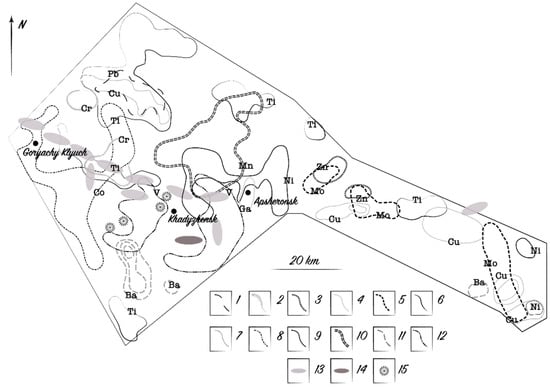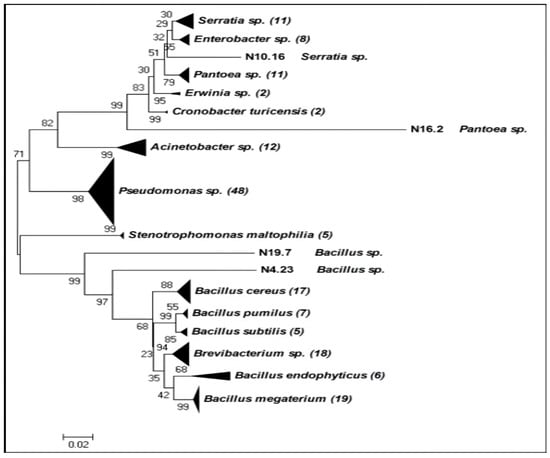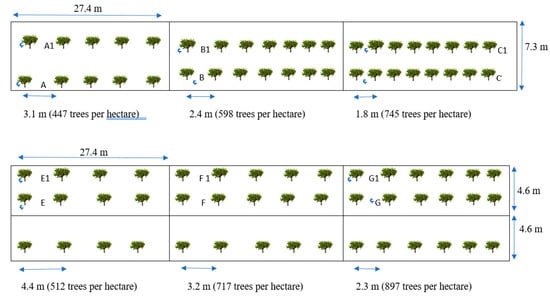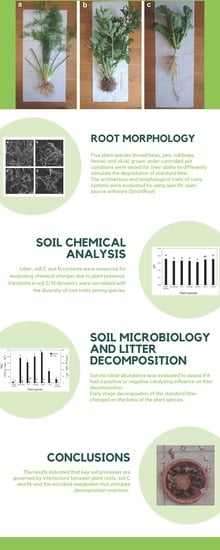Feature Papers in Plant‒Soil Interactions
A topical collection in Plants (ISSN 2223-7747). This collection belongs to the section "Plant–Soil Interactions".
Viewed by 76084Editor
Interests: agricultural and environmental chemistry; environmental botany; soil ecology
Special Issues, Collections and Topics in MDPI journals
Topical Collection Information
Dear Colleagues,
This Topical Collection, entitled “Feature Papers in Plant–Soil Interactions”, aims to present a collection of high-quality original research articles, short communications, and review articles on the phenotypic, anatomical, morphological, physiological, cytological, histological, genetic, biochemical, molecular, and chemical aspects of and processes occurring at the interfaces between plants, roots, soil organisms (micro-organisms, fungi, and fauna), and organic and inorganic soil components.
Topics of interest include, but are not limited to:
- plant mineral nutrition and hydrology;
- absorption and accumulation of chemical species in plants;
- anatomy, morphology, and architecture of root systems;
- growth, development, and functioning of root systems;
- interactions between roots and physicochemical soil properties;
- root–soil organism crosstalk and symbiotic associations;
- root–rhizosphere processes and communication;
- plant/root–water relations;
- root endophytes and soil microbiota;
- ecological aspects of the soil–water–plant–atmosphere system;
- genetic control of root system properties;
- roots as a management tool in natural and cultivated soils;
- improvement and restoration of soil fertility aimed at sustainable development;
- soil bio-remediation;
- global climate change mitigation and adaptation
Prof. Dr. Adriano Sofo
Collection Editor
Manuscript Submission Information
Manuscripts should be submitted online at www.mdpi.com by registering and logging in to this website. Once you are registered, click here to go to the submission form. Manuscripts can be submitted until the deadline. All submissions that pass pre-check are peer-reviewed. Accepted papers will be published continuously in the journal (as soon as accepted) and will be listed together on the collection website. Research articles, review articles as well as short communications are invited. For planned papers, a title and short abstract (about 100 words) can be sent to the Editorial Office for announcement on this website.
Submitted manuscripts should not have been published previously, nor be under consideration for publication elsewhere (except conference proceedings papers). All manuscripts are thoroughly refereed through a single-blind peer-review process. A guide for authors and other relevant information for submission of manuscripts is available on the Instructions for Authors page. Plants is an international peer-reviewed open access semimonthly journal published by MDPI.
Please visit the Instructions for Authors page before submitting a manuscript. The Article Processing Charge (APC) for publication in this open access journal is 2700 CHF (Swiss Francs). Submitted papers should be well formatted and use good English. Authors may use MDPI's English editing service prior to publication or during author revisions.
Keywords
- plant–microbe interactions
- plant and soil ecology
- plant and soil microbiota
- plant nutrition
- rhizosphere processes
- root growth and development
- soil bioremediation
- water relations







